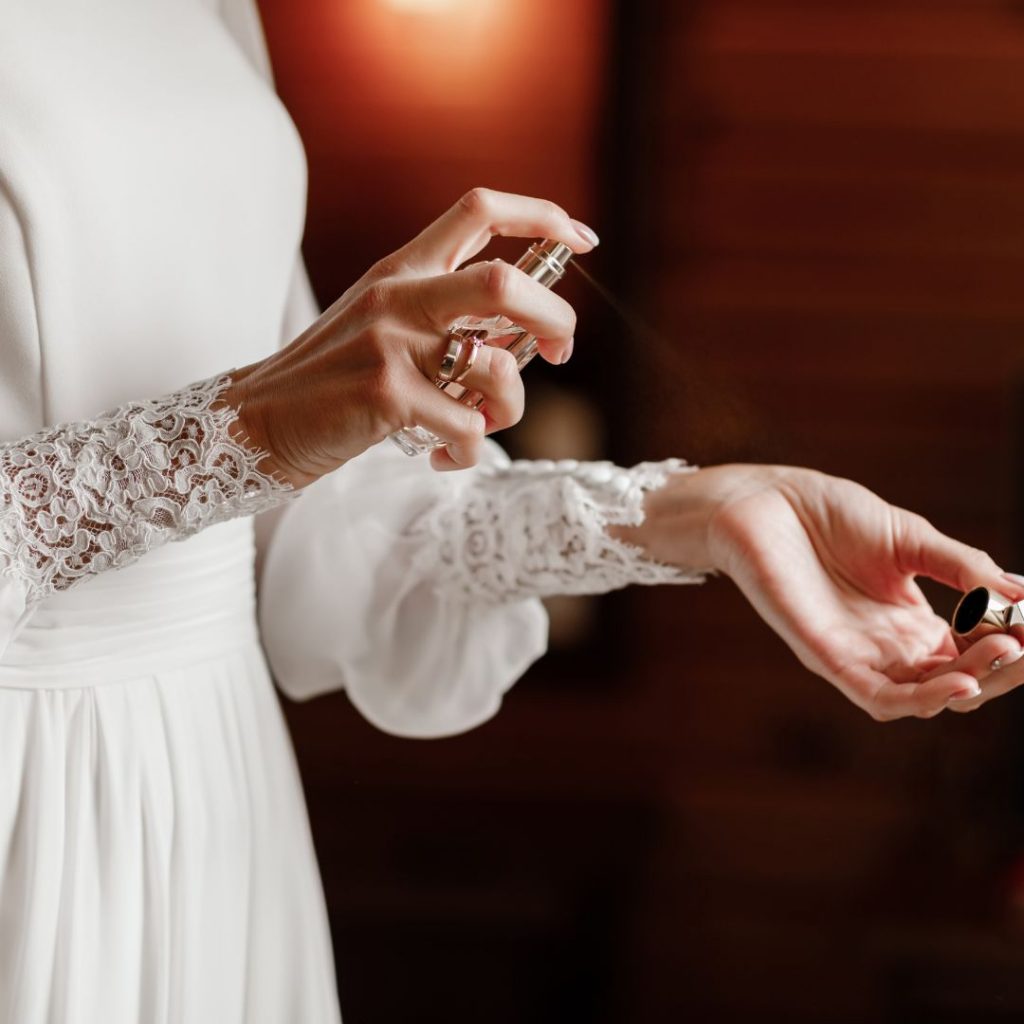
Choosing the right fragrance can be daunting, even for the most seasoned perfume wearers, as there are so many different fragrances to choose from. The biggest challenge is finding a fragrance that you love and that reflects your style and personality all at once.
Because we understand that a fragrance is not just a scent but an extension oneself yourself, we share some tips to help you find the perfect perfume:
Consider your personal style and the types of fragrances that you usually enjoy. If you prefer classic, elegant scents, you may want to try a floral or woody fragrance. If you prefer more modern, edgy scents, you may want to try a fruity or spicy fragrance.

It is important to consider the occasion when choosing a fragrance. Different scents are better suited for different occasions and can help you make the right impression. A more formal occasion may call for a more sophisticated scent, while a casual outing may allow for a more playful and relaxed scent.
Also, different fragrances are better suited for different times of the day. For example, a light, fresh scent may be more appropriate for daytime wear, while a more musky or woody scent may be more suitable for evening wear.
It’s always a good idea to test a fragrance before you commit to buying it. You can do this by visiting a department store or perfume shop and trying out samples of different fragrances. You can also try online fragrance sample programs like Scentbird, the Fragrance Sample, Perfumed Court, Surrender to Chance, and the Perfume Spot, all of which allow users to try a selection of fragrances either for free or at a small fee.
It’s worth noting that these programs may vary in terms of the selection of fragrances they offer and the cost of the samples. It may be helpful to do some research and compare different programs to find the one that best meets your needs.
Be sure to try out a variety of fragrances to see which ones appeal to you. You can try spraying a sample on your skin or paper and wear it for a few hours to see how the scent develops. Be sure to test the fragrance in different lighting and environments, as the scent can change based on your surroundings.

Fragrances are available in different concentrations, which refer to the amount of pure fragrance oil in the formula. These concentrations also determine the type of fragrance to pick. They are essentially four types – parfum (perfume), Eau de perfume, Eau de toilet, and cologne.
Eau de parfum has a higher concentration of fragrance oil, so it tends to be more long-lasting and intense. Most brands will last you a whole day without needing to touch up. This explains their high price point.
Eau de toilette and Eau de perfume, on the other hand, have lower concentrations of fragrance oil, so they tend to be lighter and less intense. They can last up to 6 to 8 hours, so they need more than one application to get you through the day. Colognes tend to have the least concentration and may last between two to four hours.
To know what scents will appeal to you, try to pay attention to the different notes each fragrance has. Fragrances are typically made up of top, middle, and base notes. The top notes are the initial scents that you smell when you first apply the fragrances. They are usually light and fresh, and they evaporate quickly.
Middle, or heart, notes are the scents that become apparent after the top notes evaporate. They are usually more complex and enduring than top notes. Base notes are the scents that emerge last and provide the perfume with depth and longevity. They are usually rich and heavy.

Each of these notes is layered to create that distinct scent. For instance, you may encounter a sweet floral fragrance with citrus undertones or a fruity scent with spicy notes. Also, some notes are subtle, while others are intense.
When deciding between notes, pay attention to how the fragrance evolves over time: As a scent dries down on your skin, the different notes will become apparent at different times. The top notes will be the first to evaporate, followed by the middle and base notes.
Look up the notes if you are a novice. Many fragrances have a list of the specific notes that make up the scent on the packaging or on the brand’s website. This can be a helpful reference for identifying the different notes.
It’s worth noting that fragrance layers can be complex, and it may take some practice to identify the different notes. It can also be helpful to try out a variety of scents to get a sense of the different types of notes that are used in fragrances.
Another crucial consideration to make when choosing a perfume or cologne is your skin sensitivity. Fragrances contain a mix of different ingredients, including alcohol, which can be drying and irritating to the skin. In addition, some people may be sensitive or allergic to certain ingredients, which can cause irritation or a rash.
If you have sensitive skin or have had reactions to fragrances in the past, it’s a good idea to first test it on a small patch of skin before purchasing an entire bottle. You can do this by spraying a small amount of on the inside of your elbow or behind your ear and waiting a few hours to see if you have any reactions. If you notice any redness, itching, or other irritation, it’s best to avoid that scent.
Choose a fragrance that is appropriate for the occasion and the season. For example, a light, fresh fragrance may be more suitable for summer, while a rich, warm fragrance may be more suitable for winter.

Do you prefer strong, long-lasting fragrances? Or do you prefer more subtle, subtle scents? Knowing your preference will help you narrow down your options.
While it’s always good to stick with what you know, don’t be afraid to try something new. You never know, you may discover a new favorite fragrance that you would never have considered before.
Ultimately, the fragrance that feels right to you is the one that you should choose. Don’t worry too much about what others might think – the most important thing is that you feel confident and comfortable wearing it.
Choosing a fragrance that you will love and wear confidently can be daunting. However, when you know about the different concentrations, what notes to look for when testing, and your preference, the whole experience can be enjoyable. Especially when you have as much information about fragrances as possible. Read our beginner’s fragrances guide to learn about the different types of scents.



































































































